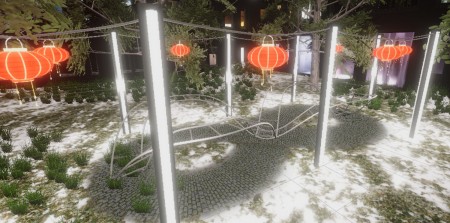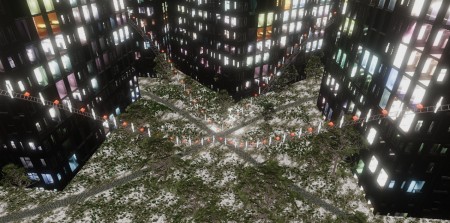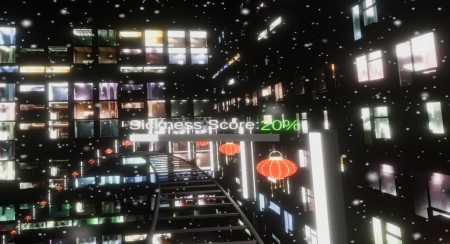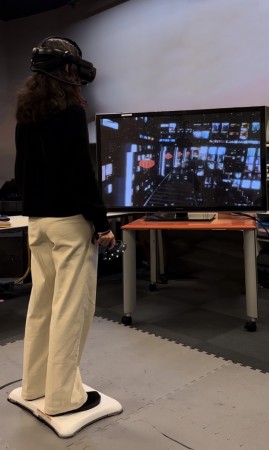
Tackling VR Sickness: A Novel Benchmark System for Assessing Contributing Factors and Mitigation Strategies through Rapid VR Sickness Induction and Recovery
Abstract
This research introduces a novel VR sickness benchmark system, designed to address the lack of standardized tools for assessing and mitigating VR sickness. It aims to rectify the inconsistencies and limitations prevalent in existing VR sickness assessment and mitigation methods, thereby facilitating more effective and comparable cross-study analyses.
This benchmark system, created using Unity 3D, features two distinct VR environments, small and large, designed as figure-eight racing tracks through roller-coaster-like movements. Key design elements to induce VR sickness includ varying speeds, directional changes, elevation shifts. passive participant movement, and enhanced optic flow with visual elements. The system also includes an in-VR sickness rating tool for real-time feedback.
Our research studies aim to evaluate the effectiveness of four commonly discussion VR sickness mitigation techniques in the environments, aimed at (1) validating the benchmark system’s capability to induce and reduce VR sickness in a controlled manner, ensuring temporary, manageable symptoms with rapid recovery times. This aspect is crucial for ethical research conduct and participant safety; and (2) systematically evaluating and comparing different VR sickness mitigation techniques, contributing to standardizing VR sickness assessment and enhancing the reliability and comparability of VR research. The benchmark system’s adaptability across various research dimensions makes it a valuable tool for VR developers and researchers, enabling efficient testing of a wide range of parameters and design iterations.
This project is part of Rose Rouhani’s MSc thesis, here’s Rose presenting on the VR Sickness Benchmark Project:
Videos of the small and large environments, with the VR sickness mitigation techniques implemented in each can be found in this YouTube playlist. Below is one example for the Dynamic FOV reduction method, all of them are listed on our YouTube playlist.
Publications
Preprints
https://papers.ssrn.com/sol3/papers.cfm?abstract_id=4790891
Visuals of the benchmark
Participant during study:
Open source Unity code of the VR Sickness Benchmark
We just published a freely available open sources Unity version of the VR Sickness Benchmark on GitHub here: https://github.com/BernhardRiecke/VRSickness_Benchmark — please reach out to Rose and Bernhard if anything’s unclear, you’d like to collaborate on using or further improving the benchmark, get access to some of our data collected etc.
We’re currently working on an active locomotion version of the benchmark system, as well as data analysis scripts, that we hope to add soon.
Overview of VR sickness benchmark Unity project — this is the main overview you’ll need for using and adapting the the benchmark. It explains the key components of the project, including the code on Github and the settings essential for research. Watch to understand how to set up the environment, manage motion sickness reduction techniques, and export data for analysis.
Overview of this Unity nausea score script. This is one of the most important scripts in this project which you would most likely be working with especially if you would like to change anything in your output files for this project.
Overview of the Unity script used for creating the figure 8 locomotion pattern.



